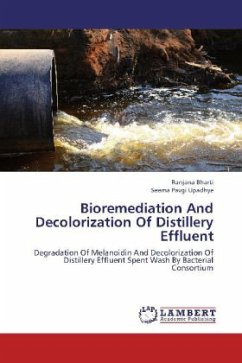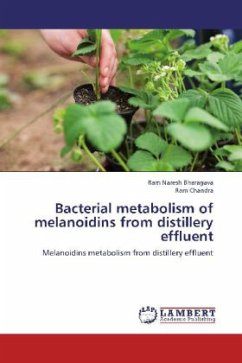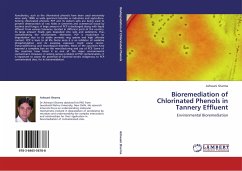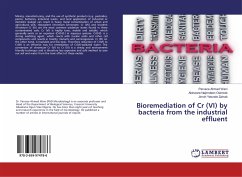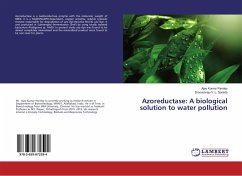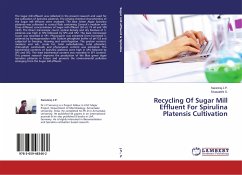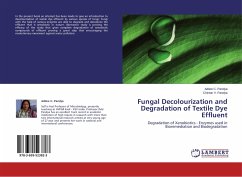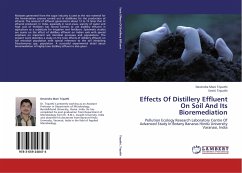
Effects Of Distillery Effluent On Soil And Its Bioremediation
Pollution Ecology Research Laboratory Centre Of Advanced Study In Botany Banaras Hindu University Varanasi, India
Versandkostenfrei!
Versandfertig in 6-10 Tagen
45,99 €
inkl. MwSt.

PAYBACK Punkte
23 °P sammeln!
Molasses generated from the sugar industry is used as the raw material for the fermentation process carried out in distilleries for the production of ethanol. The amount of effluent generated is about 12 to 15 times that of ethanol produced. In India, especially in rural areas, scarcity of water and high cost of fertilizers has forced farmers to use distillery effluent in agriculture as a substitute for irrigation and fertilizers. Systematic studies are scares on the effect of distillery effluent on Indian soils with special emphasis on important soil microbial processes and populations. The p...
Molasses generated from the sugar industry is used as the raw material for the fermentation process carried out in distilleries for the production of ethanol. The amount of effluent generated is about 12 to 15 times that of ethanol produced. In India, especially in rural areas, scarcity of water and high cost of fertilizers has forced farmers to use distillery effluent in agriculture as a substitute for irrigation and fertilizers. Systematic studies are scares on the effect of distillery effluent on Indian soils with special emphasis on important soil microbial processes and populations. The present work describes a study on the toxic effects of distillery effluent on soil microbial population with special reference to the soil inhabiting Pseudomonas spp. population. A successful experimental detail about bioremediation of highly toxic distillery effluent is also given.



